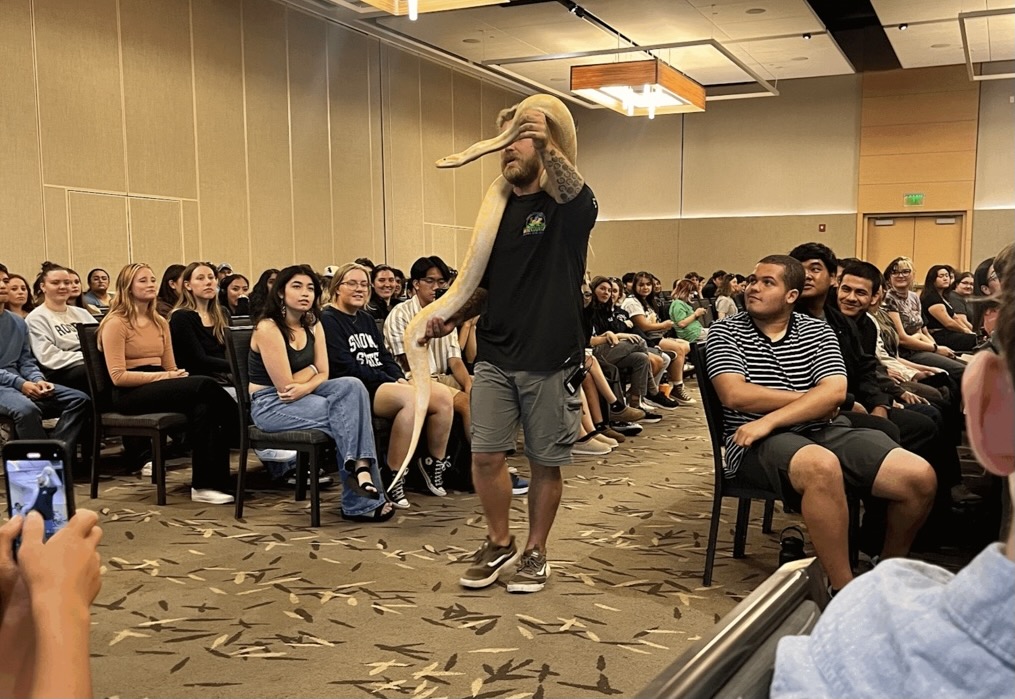With all the various modes of transportation available to choose from today, arriving safely at a destination has become a top priority for traveling citizens and lawmakers alike.
On Tuesday, Sept. 16 the “Three Feet for Safety Act” was implemented into the California Vehicle Code, making any violation a fineable offense. The law applies to all public roads throughout the state, including the roads on campus, in an effort to make travel on public roads safer for both bicyclists and motorists.
Under the new law, drivers are required to maintain a distance of at least three feet between their vehicle and a cyclist at all times. In cases where this is not possible, drivers must slow to a speed that is reasonable and cautious. They must only pass when doing so will not endanger the cyclist or come within the three-foot boundary.
If a roadway is too narrow for a cyclist to share with a vehicle, the cyclist has the legal right to ride in the center of the roadway.
Any violation of these new rules is considered an infraction; a fine of $35 is imposed on the driver in the event of a police officer witnessing a violation.
In the event of a motorist hitting a bicyclist, causing bodily harm to the cyclist and the driver is found to be at fault, a $220 fine is imposed on the driver.
“Bicyclists tend to have a mind of their own, it is not always the drivers fault,” said senior James Foster. “Cyclists think they own the road, drivers think they own the road and we both can’t own the road. I think most people give them room anyway, the responsibility of insuring bicyclists safety falls on them too.”
Nate Johnson, chief of police and executive director for risk management at Sonoma State, recently sent out an email that laid out the updated rules of the road, as well as some safety tips for drivers and cyclists. Important safety tips for cyclists include riding with the flow of traffic, not against it. Obeying all traffic laws, as cyclists are subject to the same laws and fines as motor vehicles.
Remaining visible, predictable and alert at all times. Also, not covering both ears with earphones or other similar devices while operating a bicycle on the road. Drivers are encouraged be patient and remain vigilant for bicyclists riding on the road.
“I understand why they put the law into practice and I can see how it makes it safer for bicyclists on places like campus where there are no bike lanes,” said sophomore Chase Watson, who rides his bike to school everyday. “However, I also feel that this law is punishing the drivers, sometimes I have to ride on the road where I am in the way, and if I am going slow, it forces drivers to get close to me. That’s my fault, not the drivers.”
The number of estimated bicyclist injuries in 2012 was 49,000. However, according to the Pedestrian and Bicycle Information Center, research into hospital records show that only a fraction of bicycle crashes causing injury are ever recorded by the police, possibly as low as 10 percent.
Sonoma State’s Police and Parking Services and the Transportation Committee on campus wants to remind drivers and cyclists to have respect for one another and to share the road.
Both parties share the responsibility in ensuring everyone reaches his or her destination safely.
For more information on bicycle and driving safety, visit the National Highway Traffic Safety Administration’s website at nhtsa.com.

































